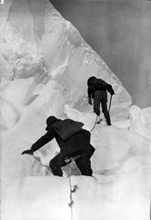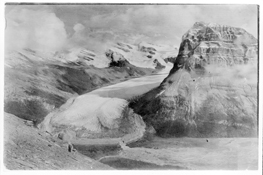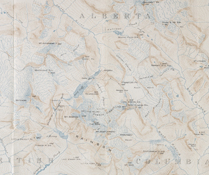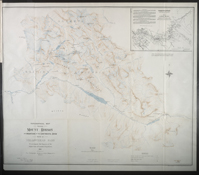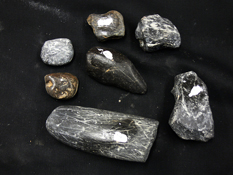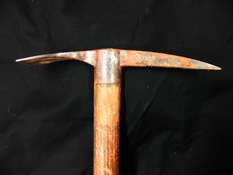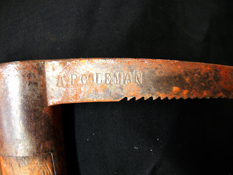In 1907 Coleman followed the Tete Jaune (Yellow Head) Trail whereas the 1908 expedition followed the “Edmonton Trail.” Coleman
and his party made three attempts to climb Mount Robson. Ultimately, they were unsuccessful.
Coleman felt that adverse weather conditions on top of Mount Robson were principally responsible for the Expeditions' failure to reach the summit.
The peculiar position of Robson, rising so suddenly near the south-western edge of the Rockies, with the wide- open valley in front and only moderately high mountains between it and the Pacific, gives it a remarkable climate of its own . . . for weeks at a time clouds may cover its top. The usual westerly winds, loaded with moisture from the Pacific, are forced up thousands of feet by the front of the mountain, thus expanding and cooling, and the suddenly condensed moisture falls as rain. Since the prevalent winds are from the west or south-west, the clouds formed at the summit are perpetually hurried eastwards, and most of the snow falls on that side of the mountain. During our twenty-one days' watch of Mount Robson from the north there were only two or three when there were no trailing wreaths of cloud clinging about its brow or sweeping across it in our direction.
(The Canadian Rockies, p. 358)

